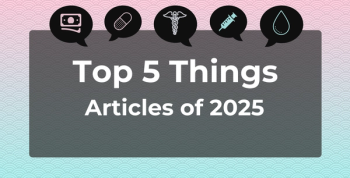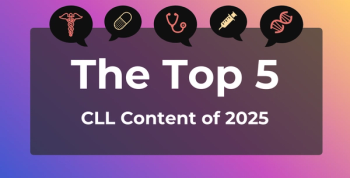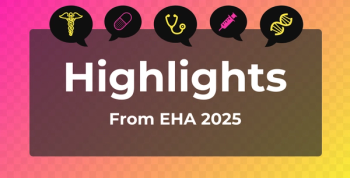
Small Study Shows 100% Success in Lung Transplants for COVID-19–Associated ARDS
Survival was 100% among patients who had COVID-19-associated acute respiratory distress syndrome (ARDS), and 83% for those without COVID-19 infection.
Among 30 patients with COVID-19-associated acute
The study was performed to gain more information about the long-term outcomes of patients who have lung transplants after contracting COVID-19-associated ARDS. The researchers also included the outcomes of patients without COVID-19 who received a lung transplant for chronic end-stage lung disease, including idiopathic pulmonary fibrosis,
In 2021, a global group of transplant centers proposed guidelines for lung transplants COVID-19-associated ARDS, but they have been inconsistently applied due in part to a lack of clarity about long-term outcomes for these patients.
The single-center, retrospective case series included 102 consecutive patients who underwent a lung transplant between January 21, 2020, and September 30, 2021, at Northwestern University Medical Center in Chicago, Illinois. Thirty of these patients were categorized as having COVID-19-associated ARDS, while the other 72 had chronic end-stage lung disease, but did not have COVID-19 infection.
For the patients with COVID-19-associated ARDS, the median age (interquartile range [IQR]) was 53 (46-59) years, and 62 years (52-69) for those without COVID-19. There were slightly more men than women in each group, and the group without COVID-19 had a notable amount of non-Hispanic White patients (63.9%).
The median preoperative Karnofsky Performance Status score was 30 in the COVID-19 group and 50 in the non-COVID-19 group. Additionally, the median lung allocation scores were 85.8 and 46.7, and the median lung transplant wait time was 11.5 days (IQR, 5.2-26.0) and 15 days (IQR, 6.0-60.0), respectively.
Of the group with COVID-19-associated ARDS, 17 patients were being treated with preoperative venovenous extracorporeal membrane oxygenation (ECMO) and 4 were receiving invasive mechanical ventilation immediately before the lung transplant. In the other group, only 1 was being treated with ECMO and 2 were receiving invasive mechanical ventilation before the transplant.
During their ICU stay prior to lung transplant, 29 patients with COVID-19-associated ARDS received invasive mechanical ventilation and 1 received noninvasive mechanical ventilation. The authors noted that none of these patients were vaccinated against COVID-19 at the time, and only 1 patient in the non-COVID-19 group was vaccinated at the time.
The proportion of patients reporting history of hypertension and diabetes was comparable in each group, although more patients in the non-COVID-19 group reported history of smoking and chronic kidney disease. Additionally, interstitial lung disease and COPD were the most common causes of chronic end-stage lung disease for the non-COVID-19 group.
As of the last date of follow-up on November 15, 2021, survival was 100% in the 30 patients who had COVID-19-associated ARDS, and 83% for those without COVID-19 infection.
The authors noted multiple study limitations, including small sample size, singular location, and a stringent selection of lung transplant recipients in patients with COVID-19-associated ARDS.
They also addressed a concern that has been raised in relation to the supply of donor lungs.
“While offering double lung transplants to patients with COVID-19-associated ARDS has the potential to increase demand-supply discordance, this effect has not been documented in the medical literature to date,” the authors said. “During this study, no increase in waitlist mortality was observed in the non-COVID-19 cohort at our center with the introduction of lung transplant for patients with COVID-19-associated ARDS; however, this needs to be studied in other centers with a different supply of donor lungs.”
Reference
Kurihara C, Manerikar, Querrey M, et al. Clinical characteristics and outcomes of patients with COVID-19-associated acute respiratory distress syndrome who underwent lung transplant. JAMA. 2022;327(7):652-661.doi:10.1001/jama.2022.0204
Newsletter
Stay ahead of policy, cost, and value—subscribe to AJMC for expert insights at the intersection of clinical care and health economics.







































